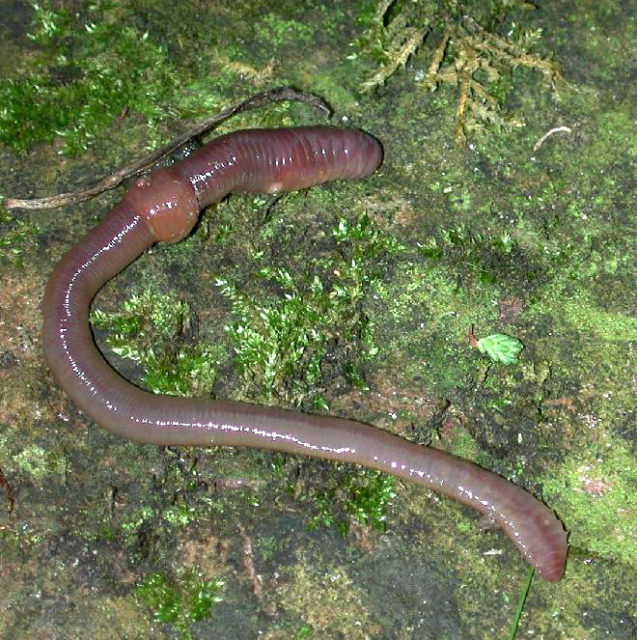500 million years ago, the deepest part of the ocean was inhabited by primitive, phallic-shaped, worms. Scientists have dubbed these creatures Oesia, and they believe the Oesia built tube-like houses on the ocean floor.
According to a new study from the University of Toronto, the Oesia on average were about 2.08 inches (53 millimeters) long and never more than about .39 inches (10 millimeters) wide. Their houses, located in the Canadian Rockies, could be up to 19.5 inches (50 centimeters) high and twice the width of the worm. The ends of the tubes were sealed, so although the worm had plenty of room, they led a solitary existence with one worm in each tube.

The worms themselves had U-shaped gills down the length of their bodies — these gills enable filter feeding and are similar to the gills that are found on modern fish. The water was sucked in, any useful particles of food filtered out, and the water was expelled again afterward. There were even holes in the walls of the tubes to allow water flow in and out.
The lead author of the study, Karma Nanglu, of the University of Toronto, said the research was possible because of the discovery of a rich source of fossilized remains near Marble Canyon, in the Canadian Rockies. It is a remarkable discovery, as Professor Simon Conway Morris, from St John’s College, University of Cambridge, said, “Oesia fossils are pretty enigmatic — they are very rare and until now we could not prove which group they belonged to. Now we know that they were primitive hemichordates — perhaps the most primitive of all.”
Hemichordates are key to understanding how deuterostomes evolved, explained the researchers. By understanding them, they can get hints about the anatomy and lifestyle of the last common ancestor that all deuterostomes share.

The research, carried out by academics from the Universities of Cambridge, Toronto, and Montréal, is vital not only to understand these ancient creatures, but it could lead to discoveries regarding the characteristics of an early ancestor of modern-day vertebrates. For those who don’t know, vertebrates are animals which have internal – as opposed to external – skeletons, a category which includes modern humans and our ancestors.
The study was published in the journal BMC Biology. Interestingly, humans have gill-like slits in their necks at an early embryonic stage. All deuterostomes (a group of animals that includes a wide variety of organisms, such as dogs, humans, and acorn worms) appear to have gills as a common characteristic, and this is seen as evidence that most, if not all, deuterostomes share a distant ancestor. This ancestor was likely a filter feeder, just like the Oesia. Researchers, informed by the fossil record, believe that at some point, the worms underwent a transition. They left their tubes and switched to living under the seabed — this is still seen in modern worms, such as the acorn worm.
The acorn worm occupies a “critical evolutionary position” relative to humans, according to researchers from the Okinawa Institute of Science and Technology Graduate University (OIST). Due to this, they sequenced two species in a study published last year. Surprisingly, they found that 8,600 families of genes are shared across deuterostomes. This essentially means that approximately 70% of human genes trace their ancestry back to the original deuterostome.
Initially, when researchers found the tubes, they thought that they belonged to a type of seaweed. Then, in the Marble Canyon site, they found dozens of fossils that had remains of the worms inside the tubs, and the researchers corrected their assumption.

The study argues that at some point, the worms transitioned from tubes to the sea floor. The reason for this, they suggest, is that more predators appeared in the oceans, and the ocean floor was simply a safer option.
